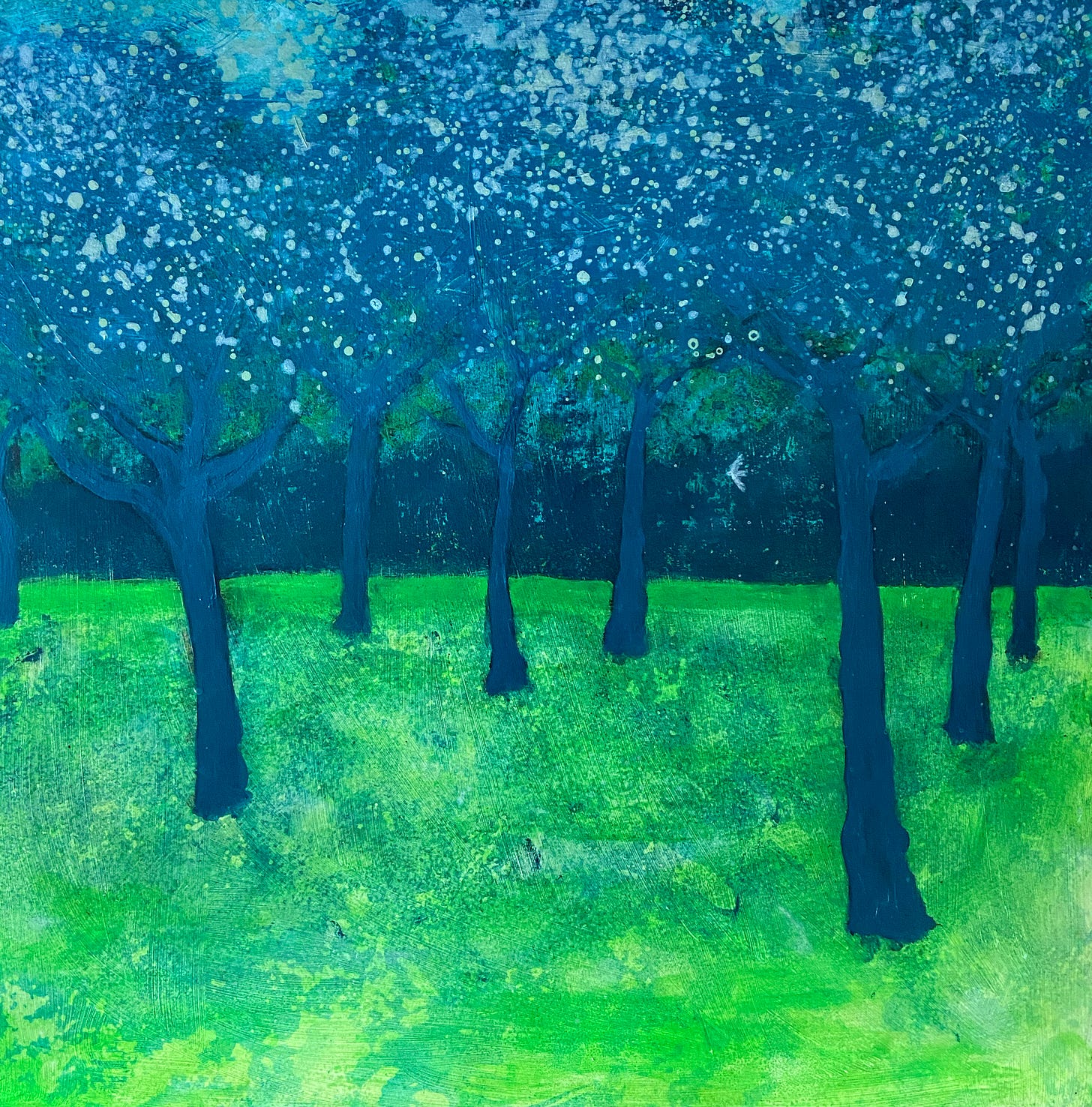How beautiful they are
The people brushing past me
As I stroll through Gion
To the temple of Kiyomizu
On this cherry blossom moonlit night
Yosano Akiko
There is a stretch of road over the border, not far from here, which rolls and curves between acres of orchards. In late April each year it is lit on both sides with the colours of fruit blossom ranging from a…
Keep reading with a 7-day free trial
Subscribe to Into the Deep Woods to keep reading this post and get 7 days of free access to the full post archives.



